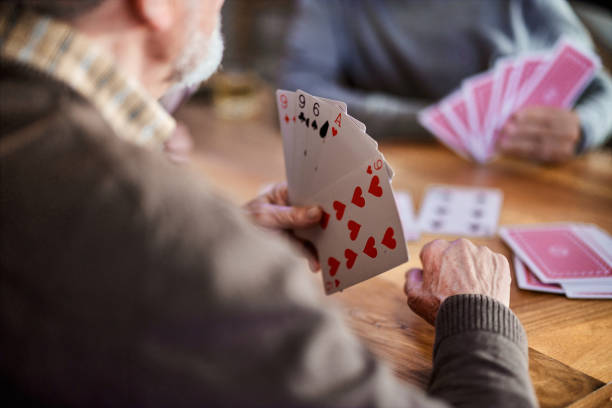In the rich tapestry of global languages, Italian stands out for its lyrical beauty and cultural significance.
One of the fundamental elements in any language is the ability to greet and inquire about someone’s well-being.
In Italian, the simple yet profound phrase, “How are you?” holds the key to initiating meaningful conversations and establishing connections.
Read this article to explore the nuances of this charming language’s basic conversational essentials, starting with the art of asking, “How are you?” in Italian.
Table of contents
Formal and Informal Greetings in Italian
The Italian language distinguishes between formal and informal contexts when addressing someone.
In formal situations, you would use the formal second-person singular pronoun “Lei” or the formal second-person plural pronoun “Voi.”
In informal settings, you would use the informal second-person singular pronoun “Tu” or the informal second-person plural pronoun “Voi.”
Read ALSO: How To Wash Baseball Cap: Apparel Care Technique
Ways to Ask “How Are You?” in Italian
Here are some ways to ask “How are you?” in Italian, ranging from formal to informal:
How are you in Italian Formal:
- Come sta? (How is he/she?)
- Come sta Lei? (How are you? – formal singular)
- Come state? (How are you? – formal plural)
- Come stanno? (How are they?)
- Come sta la signora/il signore? (How is the lady/gentleman?)
How are you in italian informal:
- Come stai? (How are you? – informal singular)
- Come state? (How are you? – informal plural)
- Come va? (How is it going?)
- Come butta? (How are you doing?)
- Tutto bene? (Is everything okay?)
- Ehilà, come va? (Hey, how’s it going?)
Additional Expressions to Enhance Your Greetings
To add a personal touch to your greetings, consider incorporating these expressions:
- Molto bene, grazie. (Very well, thank you.)
- Bene, grazie a te. (Good, thank you too.)
- Abbastanza bene. (Quite well.)
- Così così. (So-so.)
- Non troppo bene. (Not too well.)
How Do I Respond to “How Are You?”?
When someone asks you “How are you?” in Italian, you can respond with any of the expressions mentioned above. You can also elaborate on your current state of being, providing additional context to your response.
I am fine in Italian is “Sto bene.”
Cultural Nuances of Greetings in Italy
In Italy, greetings are often accompanied by physical gestures, such as handshakes, hugs, or kisses on both cheeks. The type of greeting depends on the level of familiarity and the occasion.
For instance, a handshake is typically used for formal introductions or business meetings, while a hug or kiss on both cheeks is more common among friends and family.
Read Also: How to Turn On Noise Cancelling on AirPods: Audio Tech Utilization
FAQs
In Italian, “How are you?” is said as “Come stai?” in an informal context or “Come sta?” in a formal setting.
“Sto bene” (I’m fine)
“Non c’è male” (Not bad)
“Così così” (So-so)
Yes, Italian distinguishes between formal and informal speech. Use “tu” and its associated verb forms for informal situations, and “lei” (with the third person singular) for formal situations.
Certainly! Here are a few:
“Ciao” (Hello/Hi)
“Grazie” (Thank you)
“Prego” (You’re welcome)
“Mi chiamo…” (My name is…)
“Per favore” (Please)
Conclusion
Mastering the art of asking “How are you?” in Italian is not just about memorizing phrases; it’s about understanding the cultural nuances and incorporating them into your interactions. By using the appropriate expressions and gestures, you can demonstrate your respect for the language and culture, making a positive impression on those you meet.
Remember, language is not just a means of communication; it’s a bridge that connects us to different cultures and experiences.






